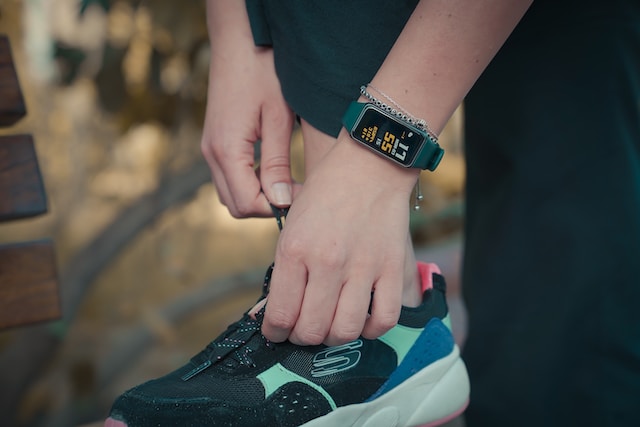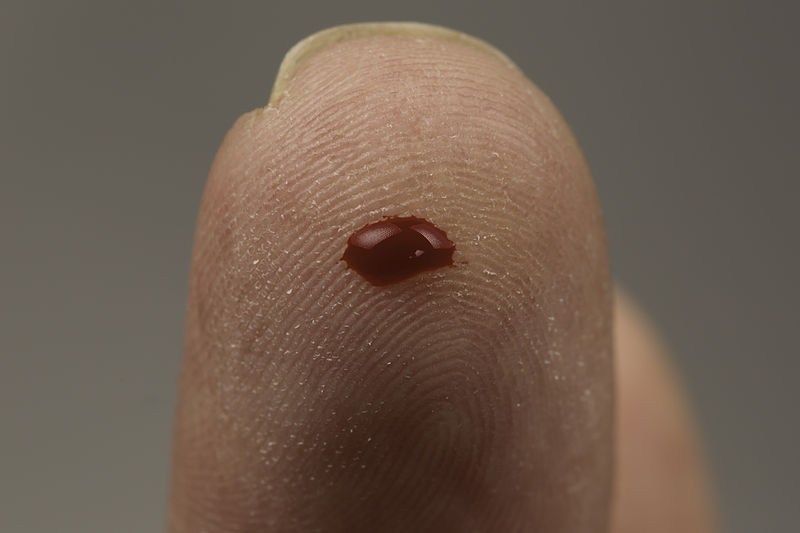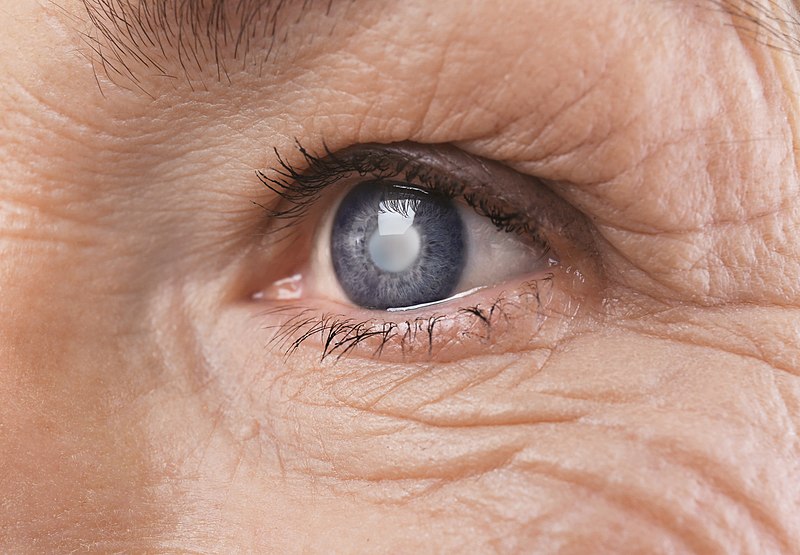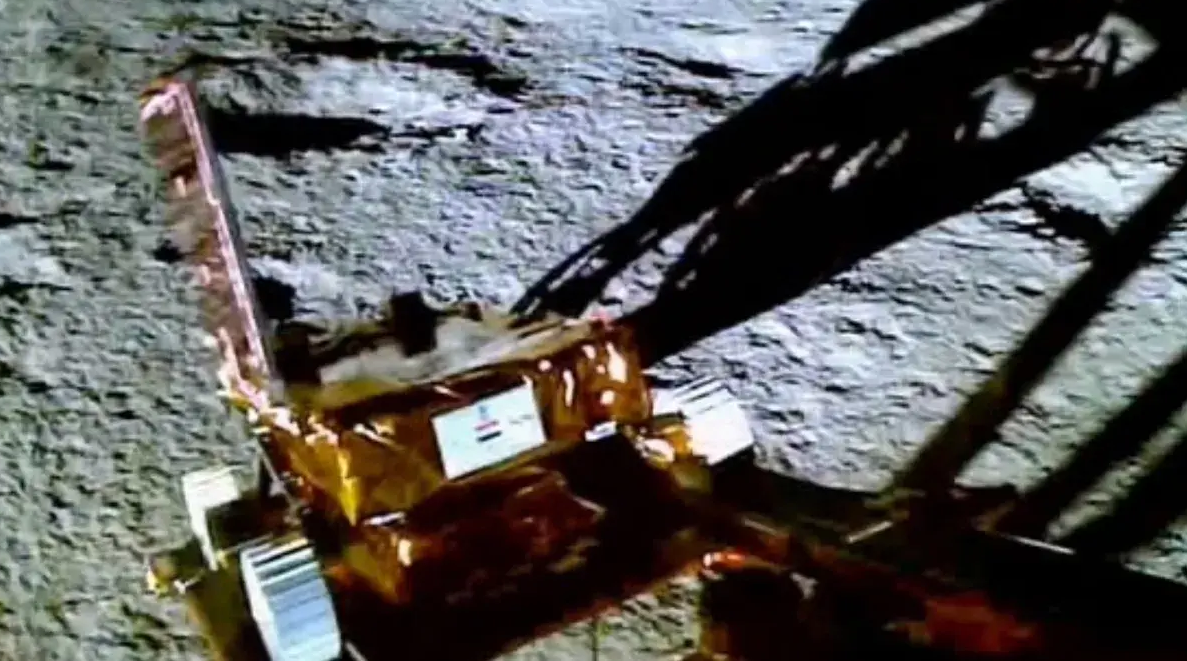In today’s digital age, we find ourselves in the midst of a technological revolution that has profoundly impacted various aspects of our lives, including healthcare. Wearable technology, such as fitness trackers, smartwatches, and health monitoring devices, has taken center stage in the realm of personalized healthcare. These devices allow individuals to track their health and wellness metrics, but what often goes unnoticed is the crucial role of milliliters (ML) to milligrams (MG) conversions in enabling accurate health monitoring. In this article, we will explore how wearable technology has revolutionized personalized healthcare and why ML to MG conversions are essential for precise health monitoring.
The Rise of Wearable Technology
The advent of wearable technology has ushered in a new era of personalized healthcare. These devices have become indispensable tools for individuals who are conscious of their health and well-being. From counting steps and monitoring heart rates to tracking sleep patterns and even performing electrocardiograms, wearables offer a wealth of data to users. However, converting these data points from ML to MG is crucial for translating raw numbers into actionable insights.
Measuring Fluid Intake and Output
Hydration plays a vital role in maintaining one’s health, and many wearables offer the ability to track fluid intake. Users can input the volume of fluids they consume in ML. This data can be instrumental in monitoring daily water intake, an essential aspect of a healthy lifestyle. By converting mltomg, the devices provide users with more precise information about their water intake and help them stay adequately hydrated.
On the flip side, wearables can also track fluid output, such as urine production. This can be critical in certain medical conditions. The data collected in ML can be converted to MG to assess whether an individual’s fluid balance is within a healthy range.
Medication Management and Dosage Calculations
For individuals who rely on medications, particularly those with specific weight-based dosages, accurate measurements are crucial. Wearables can help users keep track of medication schedules and doses. When users input their medication details in ML, the devices can provide reminders and convert ML to MG based on the medication’s concentration.
This conversion is particularly important when dealing with pediatric patients, where medications are often prescribed based on body weight. Wearables that facilitate ML to MG conversions ensure that children receive the right amount of medication, minimizing the risk of under or overmedication.
Nutritional Monitoring and ML to MG Conversions
Wearable technology has also found a place in nutritional monitoring. Users can input their food and beverage intake in ML, which is then converted to MG for a more accurate representation of nutritional content. This enables individuals to keep a closer eye on their calorie intake, macronutrient distribution, and dietary habits, making it easier to maintain a balanced diet.
Furthermore, for individuals managing chronic conditions such as diabetes, ML to MG conversions are vital in tracking carbohydrate intake. This information is indispensable for calculating insulin doses and maintaining blood sugar levels within a healthy range.
Sleep and Rest Monitoring
Quality sleep is a cornerstone of good health. Wearables with sleep tracking capabilities allow users to monitor their sleep patterns and quality. These devices often provide sleep data in ML, which can be converted to MG to assess the depth and duration of different sleep stages. This insight is invaluable for individuals looking to improve their sleep quality and identify potential sleep disorders.
The Role of ML to MG Conversions
ML to MG conversions serve as a bridge between raw data collected by wearable devices and meaningful insights for the user. Without these conversions, the information gathered remains in its raw form, which can be challenging to interpret and apply effectively.
Furthermore, ML to MG conversions enable the comparison of data across different metrics. For instance, users can assess their fluid intake in ML and compare it to their urine output in MG, allowing them to make informed decisions about their hydration status.
In the context of medication management, ML to MG conversions ensure that dosages are accurately calculated based on the medication’s concentration, thus preventing potential dosing errors. This is especially crucial for medications with narrow therapeutic windows, where precise dosing is paramount.
Challenges and Future Directions
While wearable technology and ML to MG conversions have significantly enhanced personalized healthcare, challenges remain. Ensuring that data input is accurate is one such challenge. Users need to be vigilant when recording food intake, fluid consumption, and other data in ML to guarantee the precision of subsequent MG conversions.
Additionally, there is room for further development in wearables to automate and enhance ML to MG conversions. Future innovations may include devices that can automatically recognize and convert ML data into MG measurements, reducing the margin for error.
Conclusion
Wearable technology has revolutionized the way individuals approach personalized healthcare. From tracking fluid intake and medication dosages to monitoring sleep patterns and nutritional intake, wearables offer a wealth of data that can be invaluable in promoting and maintaining good health. However, it’s essential to recognize the significance of ML to MG conversions in translating raw data into actionable insights.
These conversions bridge the gap between data collection and its meaningful application, ensuring that individuals can make informed decisions about their health. Wearable technology, with its capacity for ML to MG conversions, empowers individuals to take a proactive role in their healthcare, paving the way for a healthier and more informed future.







